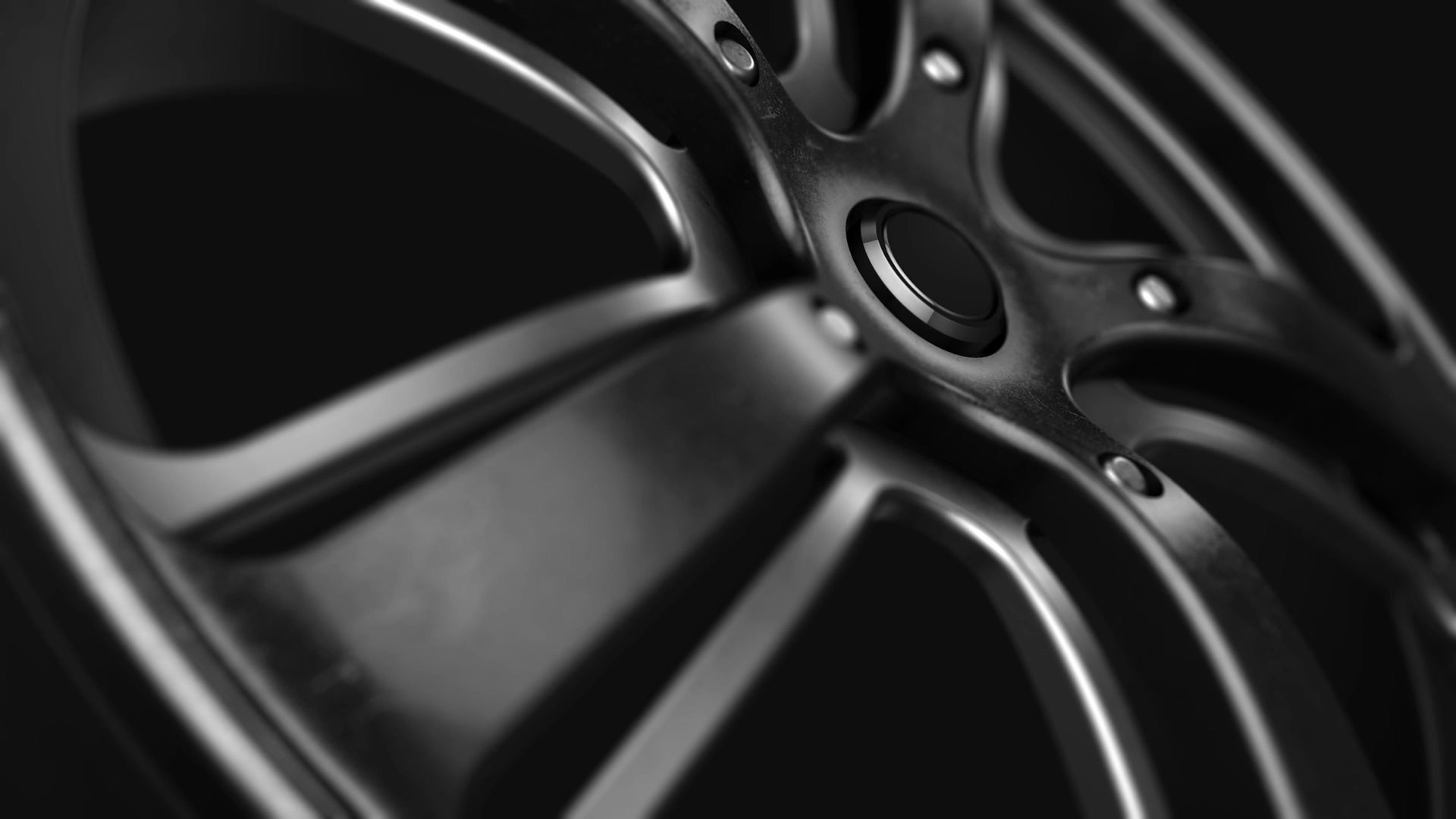The policy impact on the tire balancing machine industry
- enze6799
- 23 hours ago
- 3 min read
Policy Impacts on the Tire Balancing Machine Industry
Global Regulatory Frameworks and Industry AlignmentNational policies worldwide are reshaping the operational standards and innovation trajectories of the tire balancing machine sector. In Europe, the EU’s CE certification mandates stringent energy efficiency benchmarks, requiring devices to maintain待机功耗 below 15W. This has driven manufacturers to adopt永磁同步电机 technologies, reducing energy consumption by 18.6% annually since 2023. Similarly, the U.S. ASE standard emphasizes temperature stability (20°C–50°C) during operation, compelling firms to invest 7.8% of annual revenue into R&D for thermal management systems.
China’s regulatory landscape is equally transformative. The GB/T 13552-2023 national standard mandates 5G communication module integration for all tire balancing machines by 2024, accelerating the shift toward IoT-enabled diagnostic platforms. By mid-2025, 82% of Chinese-produced machines incorporated this feature, enabling real-time data transmission for predictive maintenance. Additionally, the “Double Carbon” goal has spurred adoption of recycled aluminum alloys in machine frameworks, cutting raw material costs by 23% while meeting carbon footprint reduction targets.
Trade Policies and Global Market DynamicsInternational trade agreements are reconfiguring supply chains and competitive advantages. The Regional Comprehensive Economic Partnership (RCEP) has eliminated tariffs on 90% of tire balancing machine components among member states, prompting Southeast Asian manufacturers to establish regional production hubs. For instance, Vietnamese factories now supply 34% of global mid-range machines, leveraging zero-duty access to Japanese and South Korean markets.
Conversely, U.S.-China trade tensions have accelerated localization strategies. Chinese firms like WanTe and PingHeng TianXia have invested 420millioninMexicanplantssince2023tocircumventSection301tariffs,reducingdeliverytimestoNorthAmericanclientsby40110 billion for road repairs, driving demand for high-precision balancing machines in commercial truck fleets.
Domestic Incentives and Technological AccelerationNational stimulus programs are fueling industry modernization. China’s 2025 “Massive Equipment Renewal” policy offers subsidies covering 30% of costs for replacing outdated balancing machines, projected to retire 120,000 units by 2026. Paired with consumer vehicle scrappage schemes, this initiative has boosted aftermarket service revenues by 21% year-on-year.
Technological advancement is further incentivized through tax breaks. Firms developing AI-powered dynamic calibration systems qualify for a 15% corporate tax reduction, accelerating the integration of machine learning algorithms. By 2025, 28% of global high-end machines featured autonomous balancing capabilities, up from 15% in 2022. Meanwhile, India’s Production-Linked Incentive (PLI) scheme for automotive equipment has attracted $180 million in foreign direct investment, enabling domestic manufacturers to capture 9% of the Asian market share.
Environmental Regulations and Sustainable InnovationStricter environmental policies are redefining product design and material sourcing. The EU’s End-of-Life Vehicles Directive requires 85% of machine components to be recyclable by 2030, pushing manufacturers to replace steel with carbon fiber composites. This transition reduced average machine weight by 27%, enhancing portability for mobile service providers.
In parallel, China’s ban on non-biodegradable lubricants in automotive workshops has spurred development of water-based cooling systems. By 2025, 63% of Chinese-made machines adopted eco-friendly fluids, cutting hazardous waste generation by 41%. These innovations align with global ESG investment trends, attracting $2.4 billion in green tech funding for the sector in 2024 alone.
Adaptation Strategies for Industry PlayersTo navigate evolving policies, firms are prioritizing modular designs compliant with multiple regulatory standards. For example, German manufacturers now produce machines with interchangeable power modules for EU, U.S., and Indian voltage requirements, reducing time-to-market by 35%. Additionally, collaborative R&D consortia, such as the Global Tire Balancing Machine Innovation Network, have standardized 5G protocol interfaces, enabling seamless integration with smart factory systems.
Supply chain resilience is another focus. Japanese firms have diversified rare earth magnet sourcing through partnerships with Australian mining companies, mitigating geopolitical risks. Meanwhile, Brazilian manufacturers are leveraging bio-based polymers in casing materials to comply with Latin America’s emerging sustainability certifications.
The policy landscape is reshaping the tire balancing machine industry through a dual focus on technological sophistication and ecological responsibility. Firms that align R&D roadmaps with regulatory timelines, optimize global production footprints, and embed circular economy principles will dominate the $26 billion market projected for 2030.





Comments